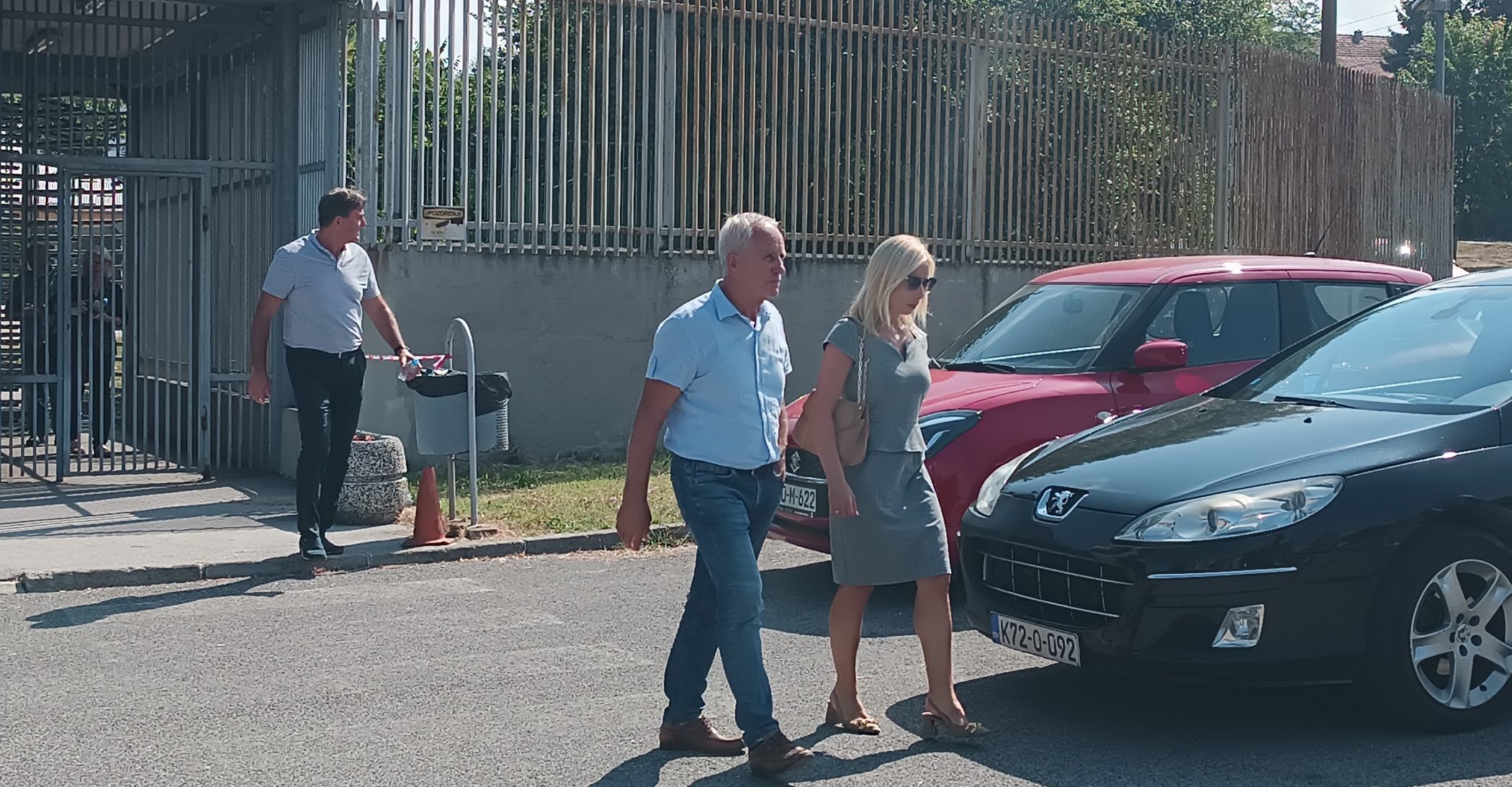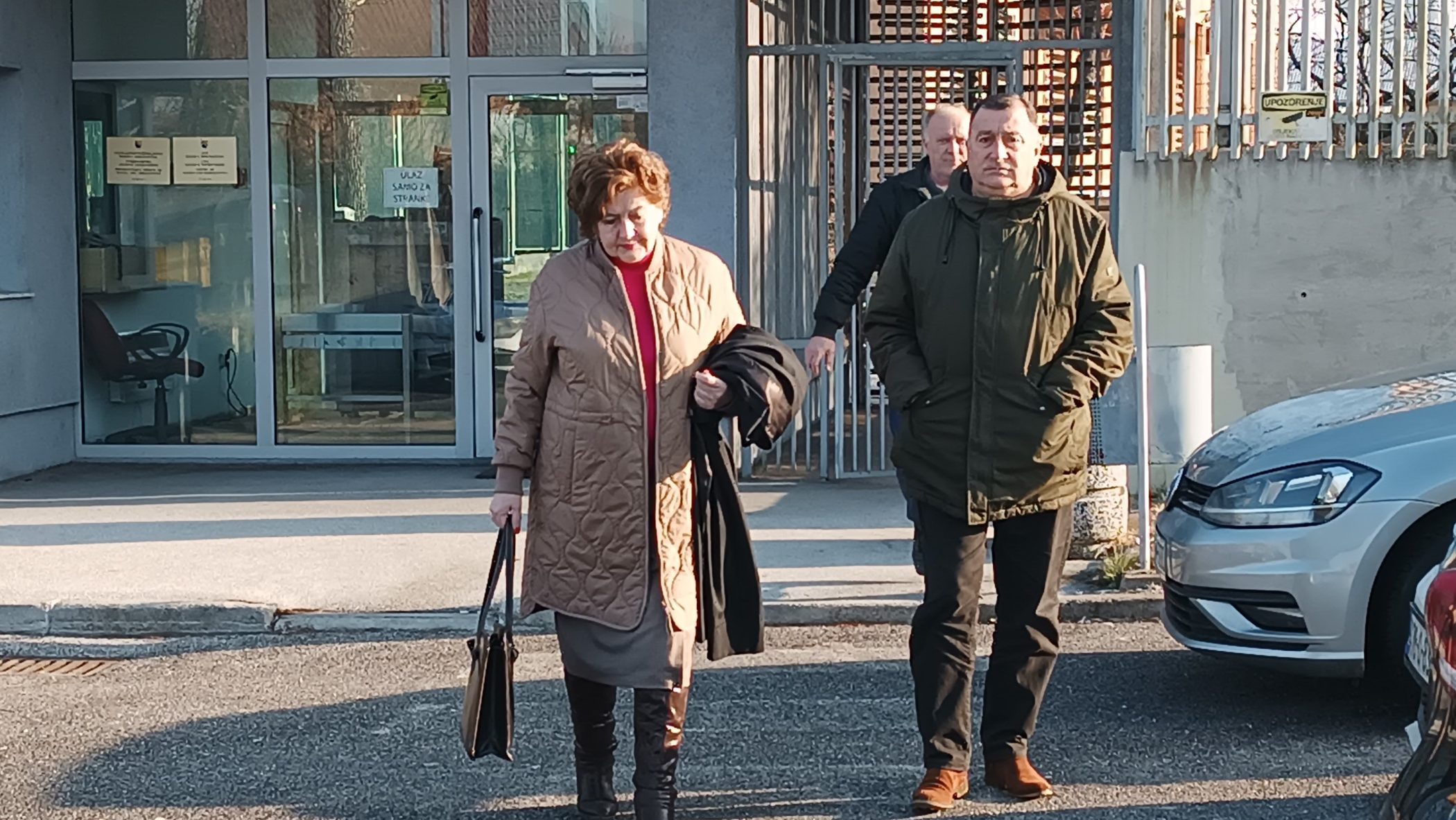This post is also available in: Bosnian
Testifying at the trial of Ratko Dronjak, former Manager and Commander of the Kamenica detention camp near Drvar, witness Kozlica said he left his home after an attack by the “Serb army” on Orasac village, near Bihac, in June 1992.
Kozlica added that he hid in the woods together with other village residents for several days before being captured and detained in a school building in Jasenica, Bosanska Krupa municipality.
“They captured us and tied our hands with wire. A man came and asked us about weapons, but we told him we did not have any. They started torturing and beating us. They beat each of us for two or three hours, asking for weapons all the time,” the witness recalled, adding he was then taken to the Petar Kocic school building in Bosanska Krupa.
Kozlica said he was held in Krupa until August 22, 1992, when he was transferred, together with 21 other detainees, to Kamenica detention camp, near Drvar.
“I experienced all kinds of things, mostly traumatic, in that detention camp. I was lucky because I was one of 100 detainees who were not beaten in the camp. But I was afraid. When they let us go to the toilet, I did not want to go, because guards would beat us. Guards would take people out and beat them every night,” Kozlica said, adding that indictee Dronjak was the detention camp Manager.
The State Prosecution charges Dronjak, as Manager and Commander of Kamenica detention camp and the Slavko Rodic school prison, with having participated in the establishment and functioning of a system of punishment and abuse, as well as torture, murder, beating and other inhumane acts committed against civilians and prisoners of war from 1992 to 1995.
Dragan Rodic, a former guard, was originally charged under the same indictment as Dronjak. After having admitted guilt in October this year, he was sentenced to eight years in prison.
Commenting on the conditions in Kamenica detention camp, Kozlica said that detainees slept on “blankets spread on the concrete floor”, using their shoes as pillows.
“Food was catastrophically bad. Instead of having three meals per day, we sometimes did not get any food. (…) When they brought cooked food, they would first give food to guards, then to their dogs and then to Serb deserters. In the end, they would mix the rest with water and give it to us detainees,” the witness recalled.
Kozlica said he left the detention camp with a Red Cross convoy on November 2, 1992.
The next hearing, at which the State Prosecution will examine a new witness, is due to take place on November 11.

